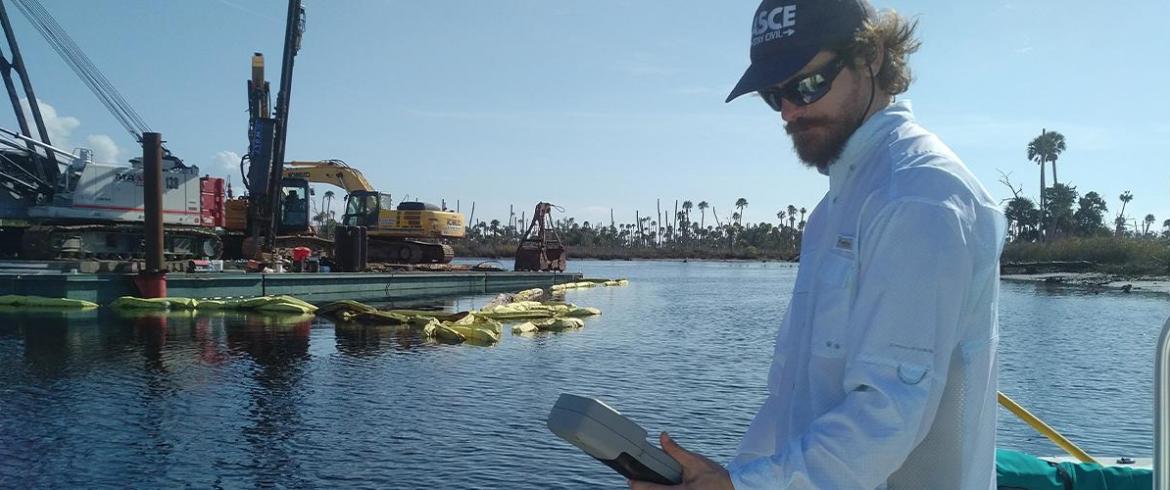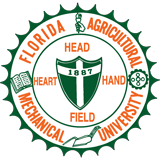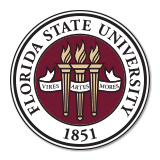
Brian Coogan, Senior within Civil & Environmental Engineering.
Adult student Brian Coogan is anything but traditional. He has always forged his own path in life. “I did things a little out of order,” Coogan says. “But I would not change a thing, because the path I took, made me who I am today.”
Coogan graduated high school and was not sure where to go in life. “I was a lifeguard as a teenager, and it bored me. I tried college and it was not the right time. Then I got an opportunity to go on the road for work,” the FAMU senior explains. Coogan traveled the country as a professional mover for the summer. He enjoyed the physicality of it, and seeing new places excited him. “I made a career of it, became a foreman, attained a commercial driver’s license and burned rubber for the next 13 years,” Coogan says.
Coogan had some unfinished business though. He always wanted to get his degree and finally knew what he should study. “I needed a challenge. I’m great at troubleshooting and I love math,” Coogan explains. “So, I quit my job and moved to Tallahassee to get a civil engineering degree.”
Joining the FAMU-FSU College of Engineering proved to be a turning point for Coogan. Since coming back to school, he has received numerous scholarships and accolades, including the 2020 Florida Engineering Society scholarship and the American Public Works Association scholarship. He is also an active member in the CoE’s ASCE-FES student chapter and served as FAMU Conference Co-chair in 2018.
For the past year, Coogan has served as a NOAA Center for Coastal & Marine Ecosystems (CCME) Undergraduate Scholar at FAMU. He is studying the hydrodynamic impacts of changing the point source for the effluent emitted from the Foley Cellulose Pulp Plant into the Fenholloway River in Taylor County. The discharge is being relocated 15 miles downriver from its former location, and the total discharge rate nearly equals the natural river flow rate.
“I want to see if there will be any backwashing effect back up the river, particularly at high tide, and how far it may go,” he explains. “They are relocating the effluent discharge to the estuary to bypass the river, but will this indeed clean the river or will any of the discharge flow back upriver?”
Coogan is taking salinity measurements to evaluate the estuarine structure of the lower part of the river. He hopes to model the flow of the river with and without the altered discharge source. His efforts will lay the groundwork for future NOAA CCME Scholars to continue the research.
“If anything, I hope I can be a testament that one should forge his own way through life, no matter how impossible the road ahead seems,” Coogan says.
“I just really love solving problems,” Coogan says. “That’s why my path took me here.”

